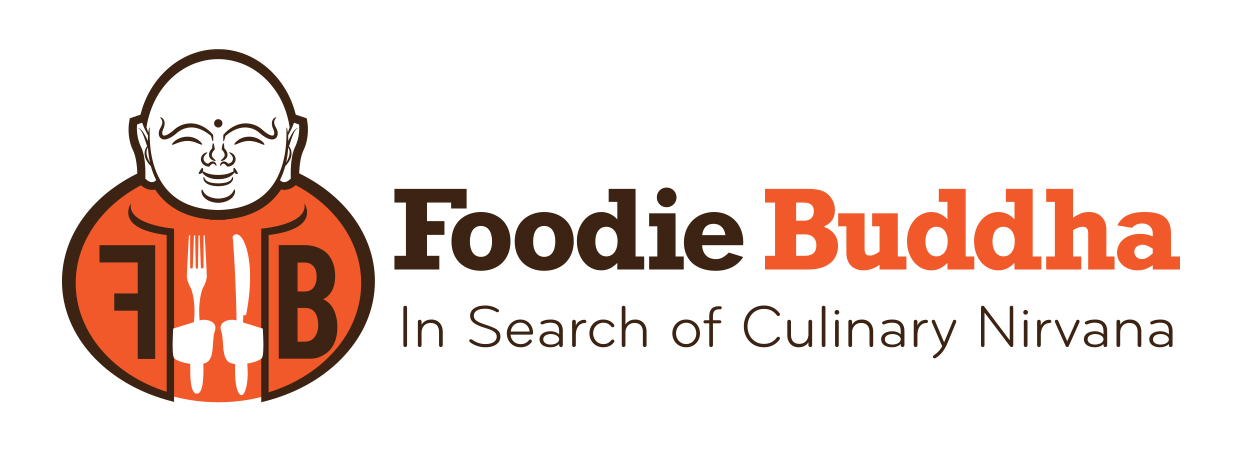I am surprised at how frequently people ask me to explain to them what the differences are between all the various cuts of steak. There are numerous sites dedicated to this topic, and they have more information than even I care to swallow; that aside, I wanted to put together a simple explanation of the most popular cuts and what to expect when ordering them. A video clip will follow this post shortly!
Chateaubriand Steak: This is a large piece of tenderloin. It is a cut designed to feed at least two or more people. If you are ordering this, it should be roasted. In fact, I cannot imagine anyone offering it any other way.
Delmonico Steak (a.k.a. Club Steak): A boneless rib cut. Named after the famed NY restaurant Delmonico’s. The steak should have an “eye” and be fine in texture with a touch of marbling. If it is course, or excessively fatty, then keep moving!
Filet Mignon Steak: A tapered, tender end of the short loin. This is the first thing out the door so to speak. It is versatile and can be cooked in a number of ways. As it is extremely tender, some may think it a bit too soft.
Flank Steak: This is taken from the underbelly of the moo cow. Use this for a quick fire or for fajitas.
Flatiron Steak: If it looks like a flatiron, it must taste like a flatiron? Well, no not really. But this cut comes from the top of the blade and resembles a flatiron.
Hanger Steak: This steak hangs between the ribs and the loin (hence the name).
London Broil: A large cut from the steak. A London broil needs to be tenderized, so people usually marinate it, broil it (duh!) and serve it up thinly sliced. Makes for great sandwiches.
New York Strip Steak: A good New York Strip will be marbled and thus high in fat. It is from the larger end of the short loin and sometimes called a Kansas City Strip. This is what made Lobel’s of New York, my favorite mail-order butcher, famous.
Porterhouse: This is a great grandfather to the T-Bone and as the name would suggest, it is great with porter ale. What you have is a mashup of a New York Strip and a Filet. It is usually between 1 1/2″ to 3″ thick. The tenderloin is often removed and served as Filet Mignon… Peter Luger anyone?
Prime Rib Steak: One of my least favorites. It is a bone-in steak. It is cut from the 6th rib through the 12th rib. It is full of flavor, but can be “gristly” from time to time.
Rib-eye Steak: Why is the Rib-eye one of my favorites whereas the Prime Rib one of my least favorites? The world will never solve a greater mystery! A rib-eye is a rib steak without the bone. It is heavily marbled and very flavorful. However, the high fat content will make this a bit tougher. If you are Jewish, you will know this as the cut of choice at the Kosher meat shop.
Sirloin Steak: This sits between the short loin and the ass steak, err…I mean rump steak. It will be tougher than the short loin but still very tender. You can broil these, barbeque them, or grill them. There are a variety of optiosn with these, but leave the bone in as it adds flavor.
T-Bone Steak: As I mentioned, this is junior to the Porterhouse. The biggest difference between the two is usually in the size of the filet. The name is derived from the ginormous bone running down the middle. Stick these suckers in your broiler and be well!
Tri-tip Steak: The tri-tip is a triangular portion of the top sirloin.
Well there there you have it! A quick and dirty list… enjoy! And with that – I’m off to watch the Falcons!


Pingback: BLT Steak At The W Hotel – Downtown, Atlanta, GA [First Impressions] | Atlanta Restaurant Reviews | Atlanta Food Blogs | Dining in Atlanta
Pingback: Today Restaurant (Woori Jip) Restaurant Review – Doraville, Atlanta, GA [First Impressions] | Atlanta Restaurant Reviews | Atlanta Food Blogs | Dining in Atlanta
Pingback: Minetta Tavern New York & The $26 Burger [Out of Town] | Atlanta Restaurant Reviews | Atlanta Food Blogs | Dining in Atlanta